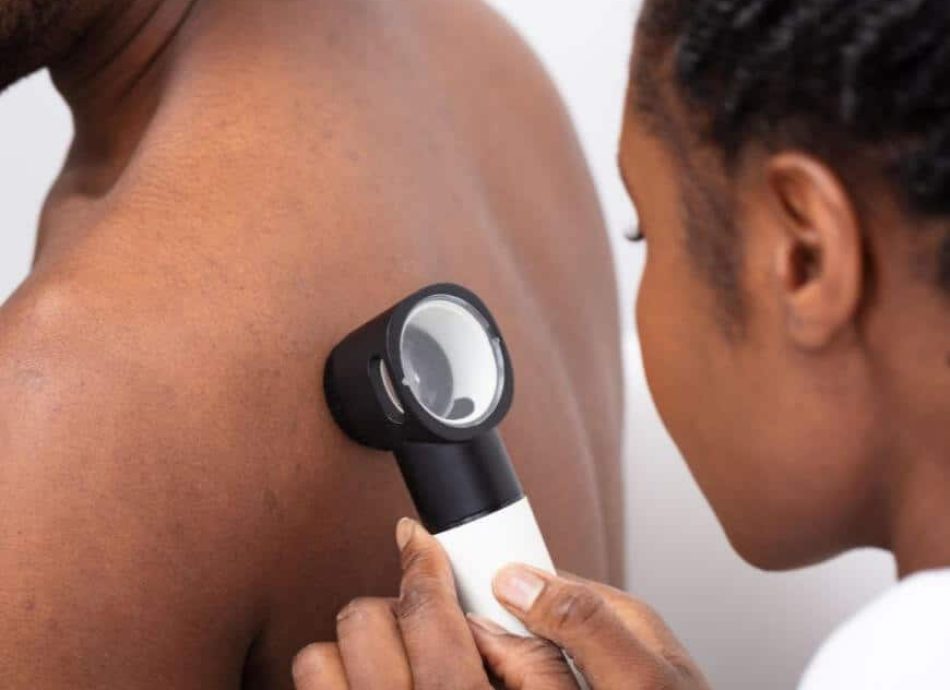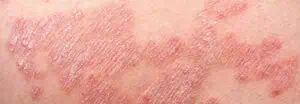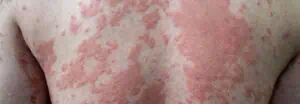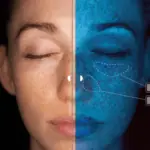Award winning dermatology service, with over 20 years of experience
Short waiting lists, on some occasions offering same week appointments
Safe environment, in Care Quality Commission approved facilities
Conditions
photodynamic therapy treatment IN CANTERBURY & KENT
Photodynamic Therapy (PDT) is a modern, highly effective treatment for certain types of precancerous lesions affecting the skin, including actinic keratoses (AKs) and Bowen’s disease, as well as superficial basal cell carcinomas (BCCs), one of the so-called, non-melanoma skin cancers (NMSCs).
PDT is a very different approach to the treatment of these lesions compared to the conventional therapies on offer, such as liquid nitrogen (cryotherapy), scraping (curettage and cautery), topical chemotherapy (5- Fluorouracil), other forms of surgery and radiotherapy.
The technique takes advantage of the chemical interaction between light and light-activated drug, leading to a series of chemical reactions resulting in damage and death to diseased cells. In this way, the surrounding healthy cells are not targeted therefore limiting the tissue destruction to the diseased bit of skin only. This, in turn, reduces the potential for scar formation, resulting in favourable cosmetic outcomes.
HOW DOES PHOTODYNAMIC THERAPY WORK?
Firstly, before the cream is applied, the doctor or nurse will gently remove any crusts and debris. Secondly, the special ALA cream (Metvix) is applied to the area to be treated and covered with a dressing, which should not be disturbed for 3 hours. After 3 hours the cream is carefully removed, the area washed, and a special lamp is brought into position, before being switched on to illuminate the lesion for about 10 to 15 minutes. A cooling fan makes this part of the treatment quite tolerable, without the need for local anaesthetic in most patients. For AKs and Bowen’s disease a single treatment is needed; BCCs require a second treatment after one week.
For actinic keratoses and Bowen’s disease, you will be seen again 3 to 4 weeks later to check the treatment site, and a further appointment will be arranged for you to see Dr Hudson-Peacock 3 months following treatment. If the first treatment is unsuccessful a second session will be considered. For superficial BCCs, 2 treatments will take place one week apart, before the same follow up arrangements as above apply.
FREQUENTLY ASKED QUESTIONS
WHAT IS THE DIFFERENCE BETWEEN PHOTODYNAMIC THERAPY AND DAYLIGHT PHOTODYNAMIC THERAPY?
The only difference between these two treatments is the light source that is used. In Photodynamic Therapy, an artificial light in the form of a lamp or a laser is used. In Daylight Photodynamic Therapy, the light source is natural daylight.
HOW LONG DOES IT TAKE TO RECOVER FROM PHOTODYNAMIC THERAPY?
Most people can carry on with normal activities 24-48 hours after treatment. The key thing is to avoid direct sunlight during this time as you may be more sensitive to light. You will gradually become less sensitive to light and things will return to normal.
WHAT IS BASAL CELL CARCINOMA (BCC)?
BCCs (also known as rodent ulcers) are a type of skin cancer that either takes the form of a single bump or a series of small bumps. Multiple lesions are sometimes found in the same patient. This type of skin cancer rarely spreads to other parts of the body, however, early treatment is recommended because, if ignored, the tumour can enlarge and become locally invasive.
DO I NEED TO PREPARE FOR PHOTODYNAMIC THERAPY?
It is recommended that you cover up on your way home from the treatment to avoid sunlight as much as possible. If the treatment is on your face, it is a good idea to bring a hat, scarf or sunglasses. If the treatment is on your body, wear clothes which will cover any exposed skin.
WHAT IS AN ACTINIC KERATOSIS (AK)?
An AK is the term used for a precancerous lesion of the skin arising as a consequence of overexposure to sunlight, resulting in the skin cells growing at an abnormally fast rate. AKs are usually found on the face, tips of ears, backs of hands, forearms and lower legs, and are reddish-brown in colour with a rough rather warty surface.
WHAT IS BOWEN’S DISEASE?
Bowen’s disease is the term used for a slightly more advanced actinic keratosis, where the abnormal skin cells occupy the full thickness of the outer layers of the skin. They can look similar to AKs, perhaps being slightly thicker and more warty, and more commonly found on the lower legs. Single or multiple lesions can be found. The patches tend to grow very slowly, and rarely transform into a true skin cancer called a squamous cell carcinoma (SCC).
REQUEST A CALL BACK
Please fill in this form and one of our team will give you a call back to arrange a consultation with one of our expert dermatologists.

What our Customers Say
WHY HAVE photodynamic therapy treatment AT CANTERBURY SKIN AND LASER CLINIC?
Here at Kent’s leading private skin and laser clinic, our experts are specialists in all aspects of dermatology, skin cancer, anti-ageing and beauty treatments. We are one of the few skin clinics in the UK where all medical consultations and treatments are provided by specialist doctors with Dermatology experience and laser training.
Canterbury Skin and Laser Clinic is regulated by the Care Quality Commission, ensuring the best level of treatment is provided to you in a safe environment. Our Clinical Lead Dr Mark Hudson-Peacock is a member of the British Association of Dermatologists, the British Laser Medical Association, the British Hair and Nail Society, the European Academy of Dermatology and Venereology and is certified by the Consulting Room. We have won many awards including the WhatClinic Patient Service Award in 2019 and the ghp Healthcare and Pharmaceutical Awards 2019.
INSIGHTS AND ADVICE

Complete Fall Skincare Guide
Embrace the season of transformation – Autumn. With its vibrant hues, this magical time of year also brings unique challenges for your skin. As the crisp air sets in and the days grow shorter, it’s not only autumn we’re welcoming but also the reminder that

Comprehensive Guide to Understanding Eczema
October is globally observed as Eczema Awareness Month, drawing focus to the people grappling with this challenging skin condition. Our mission, not just in October but always, is to empower you with robust knowledge about eczema‘s root causes, various treatments and useful coping techniques. This

Unravelling Psoriasis: The Focus of Psoriasis Awareness Month
Each August, we commemorate Psoriasis Awareness Month, a time dedicated to elevating public understanding of psoriasis – a chronic skin ailment affecting countless individuals worldwide. The initiative is designed to dispel myths surrounding psoriasis, encourage early detection and advocate for impactful treatment methods. To those






